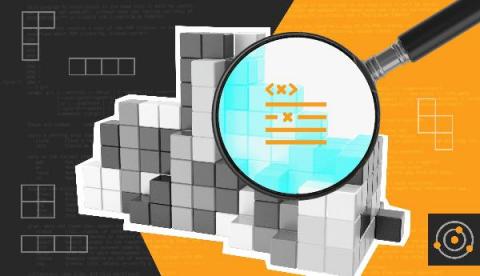Secure Your IT Assets for an Optimal Return
We’ve officially entered everyone’s favorite time of year—tax season. You can find me rifling through the stack of mail and records I’ve been hoarding over the past year, while my husband calmly reviews his neatly archived digital documents. Completing your tax return forces you to review all your fiscal actions from the past year, which can be made easier with secure digital tracking, tagging, and maintenance along the way.











